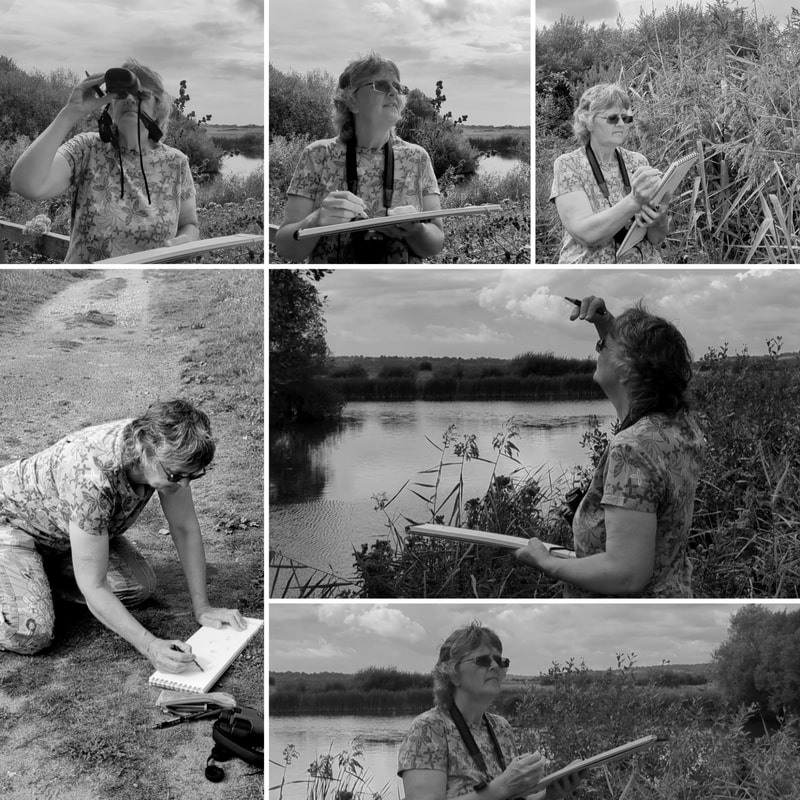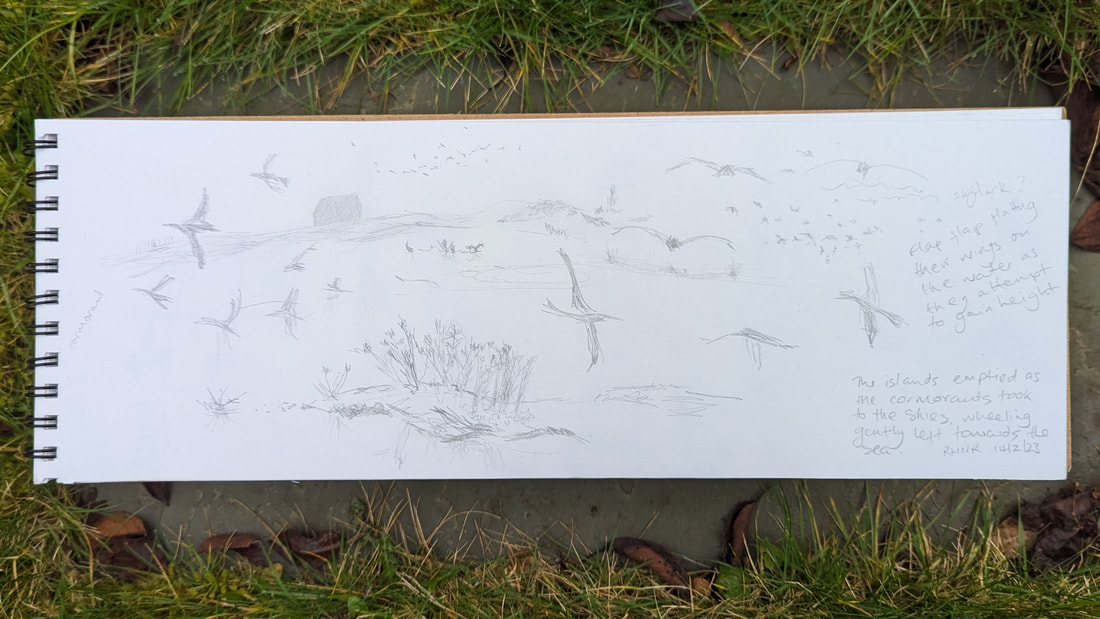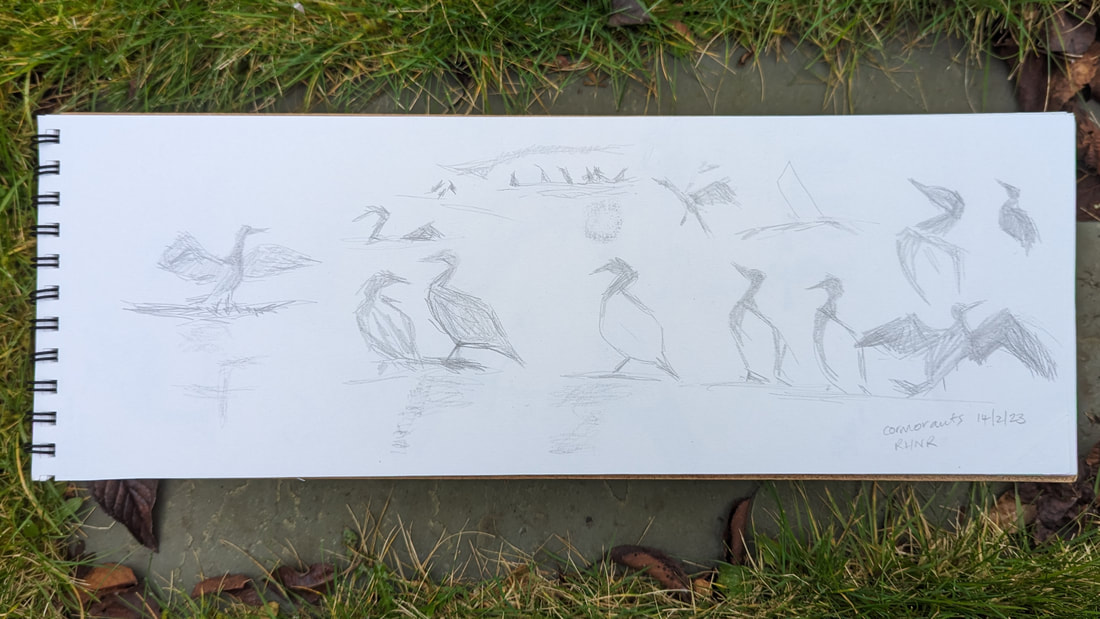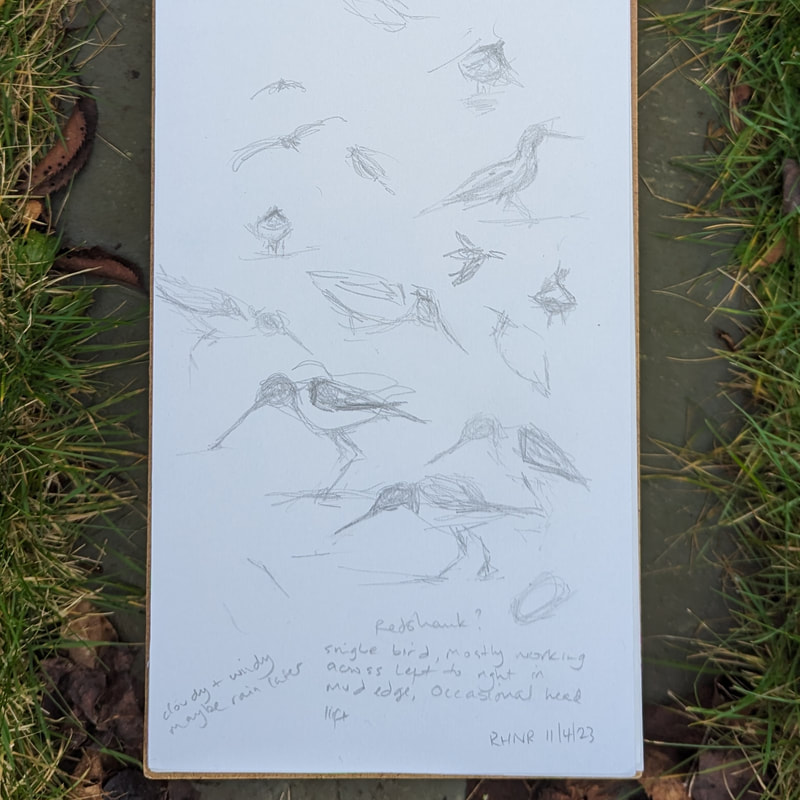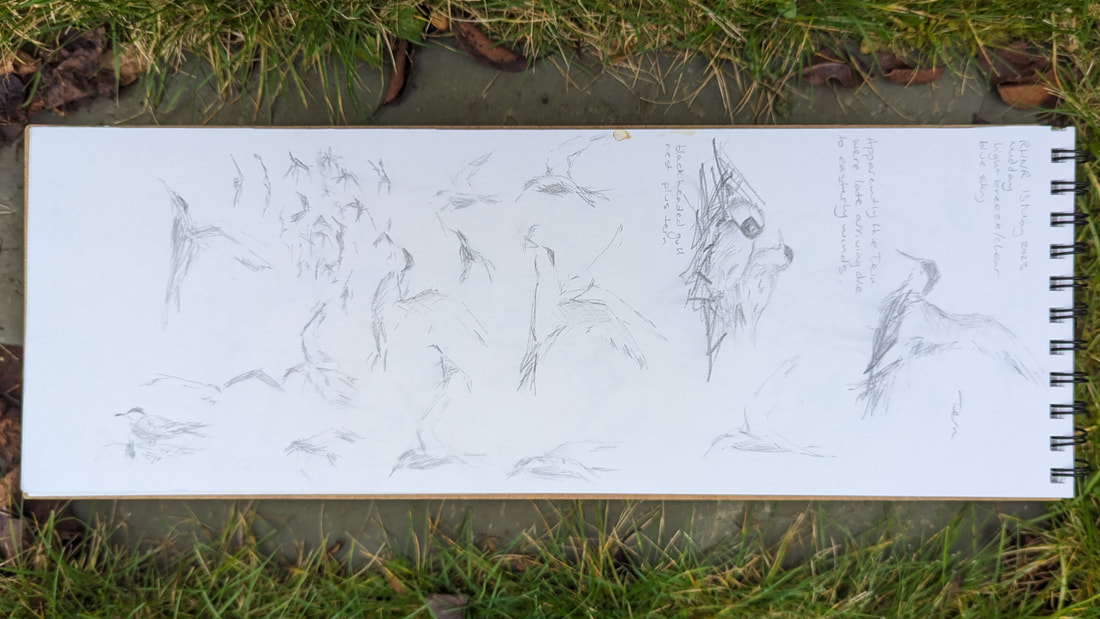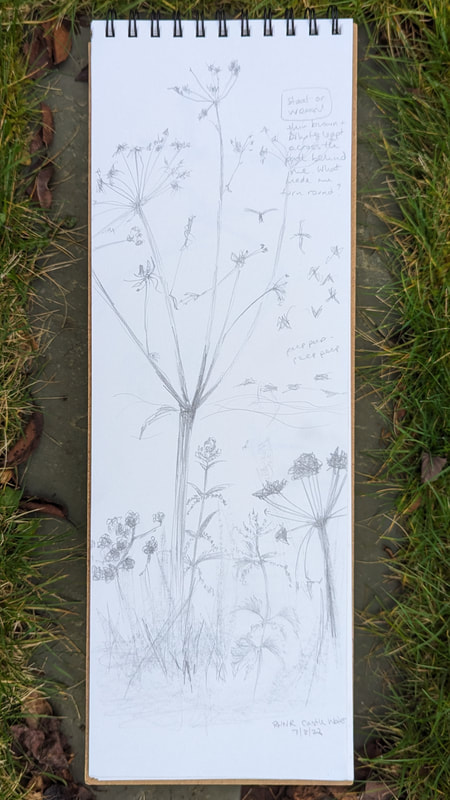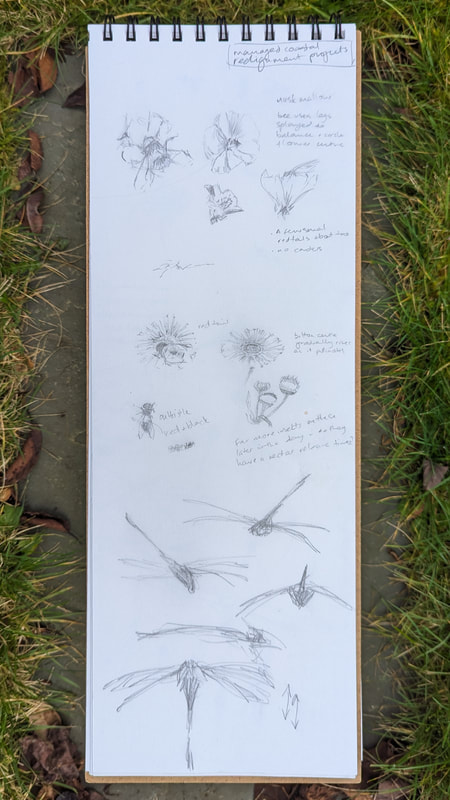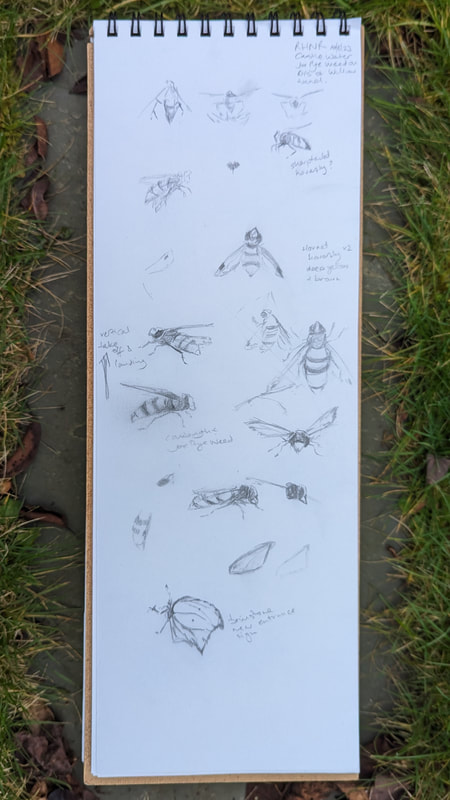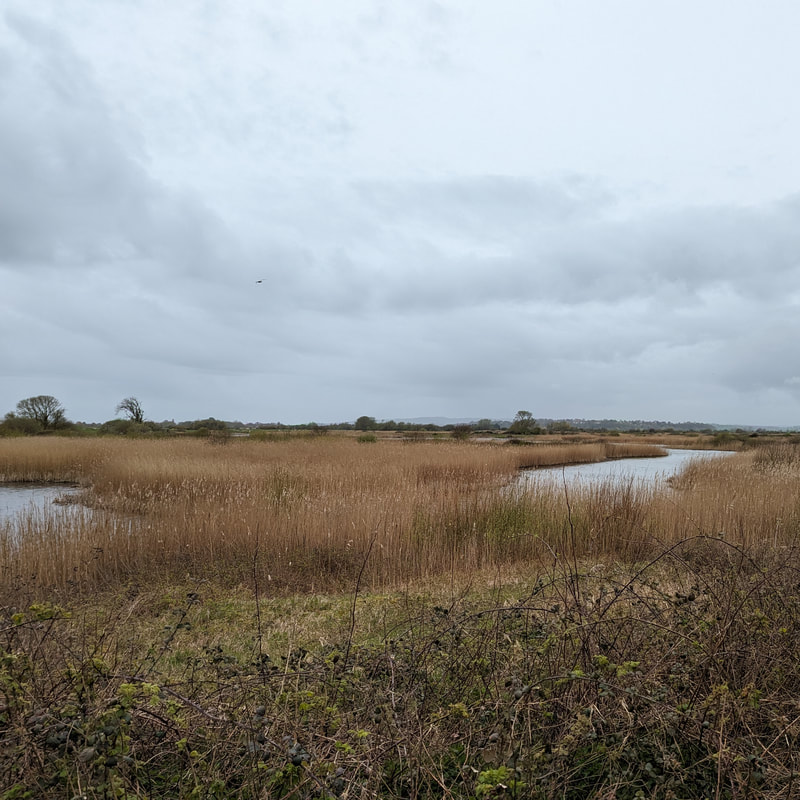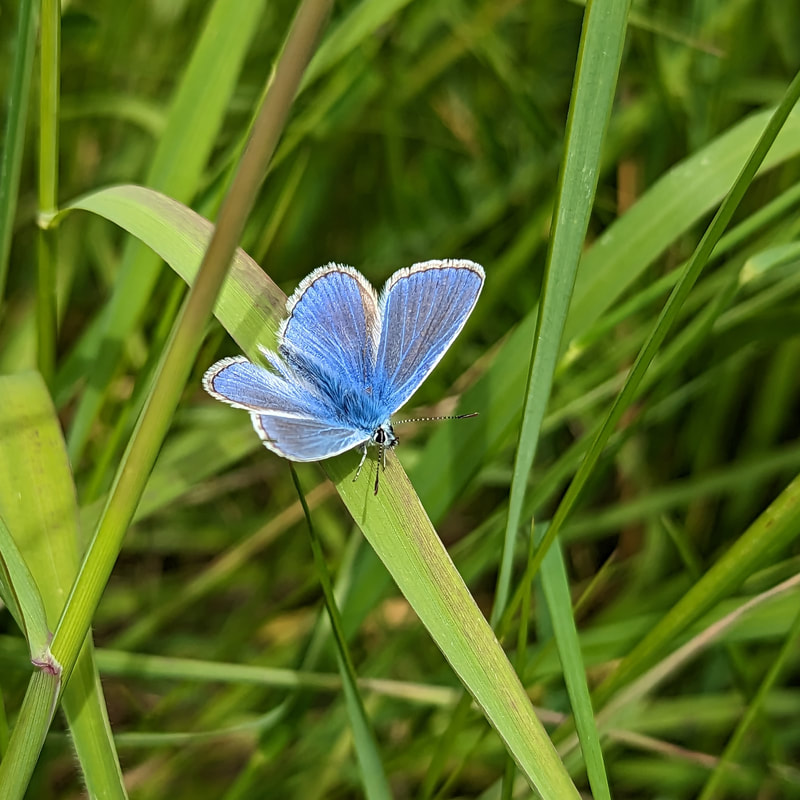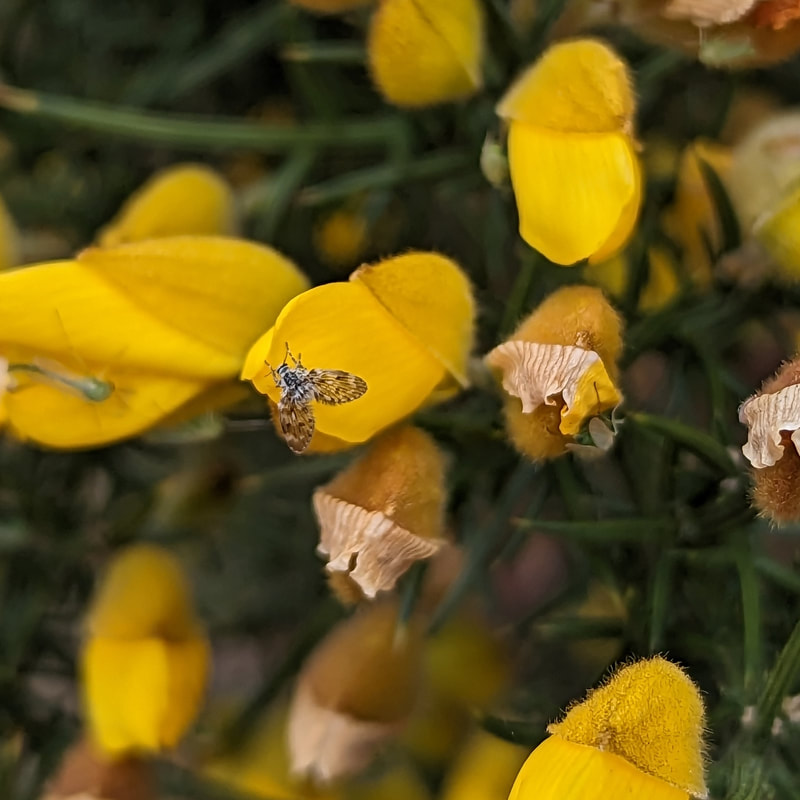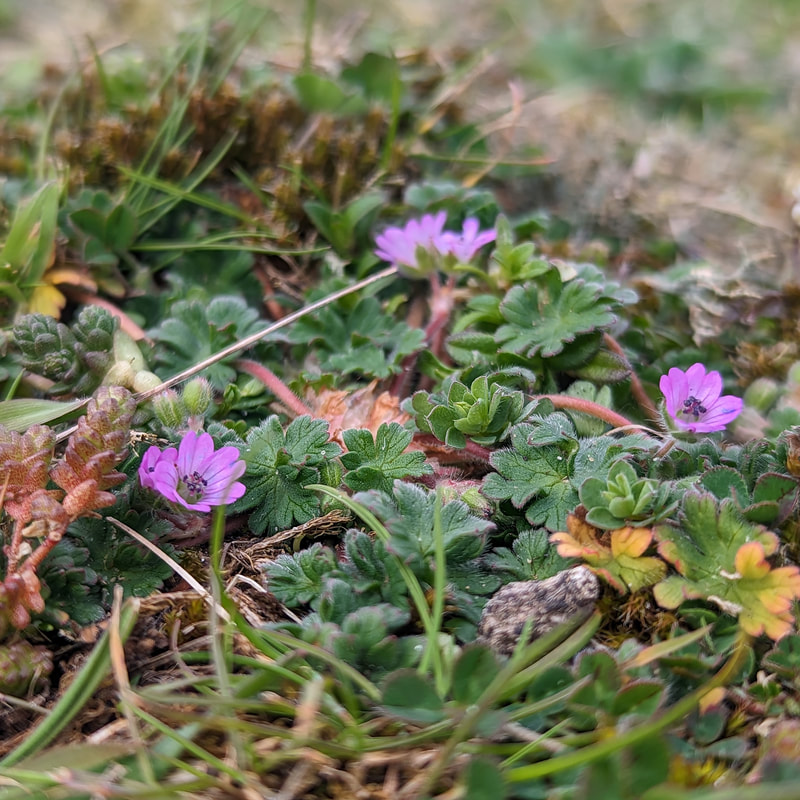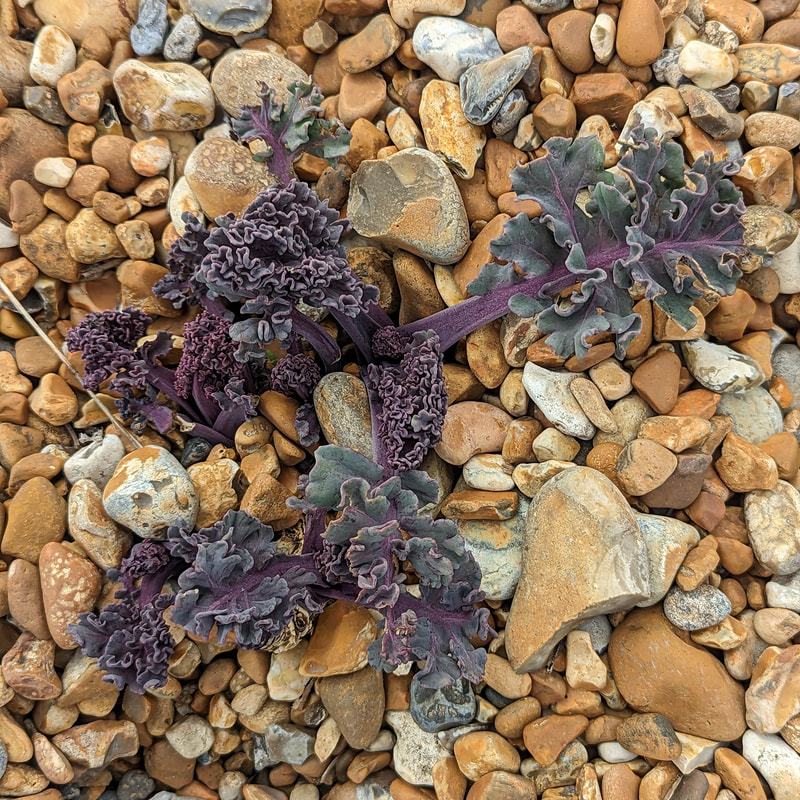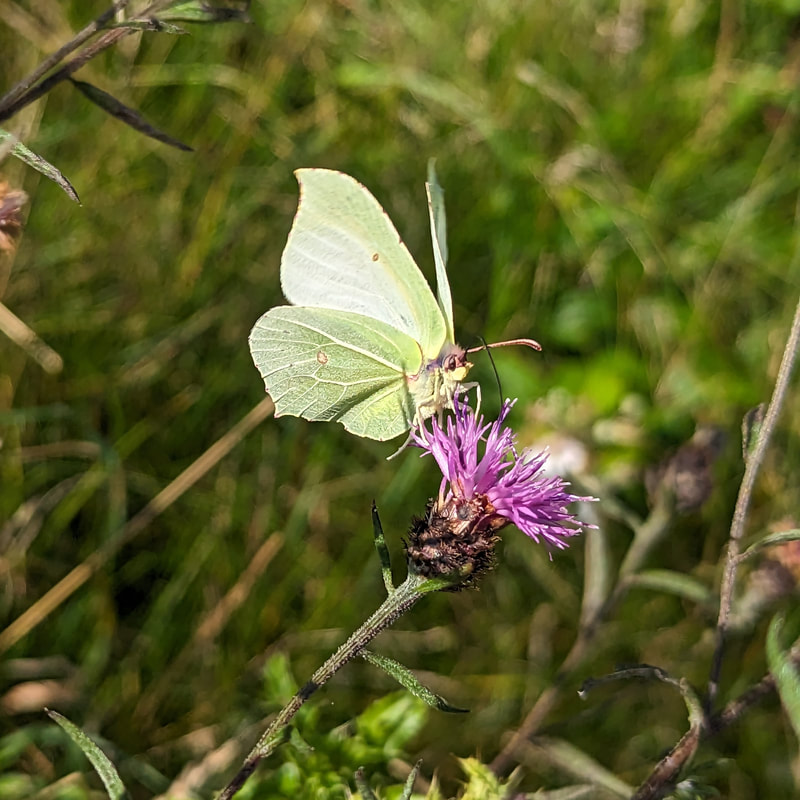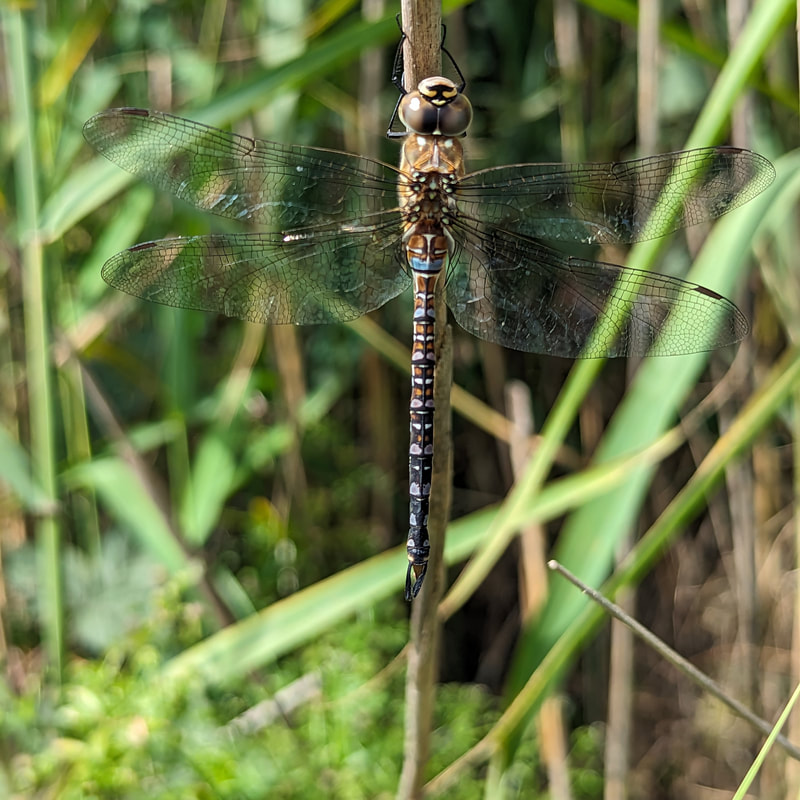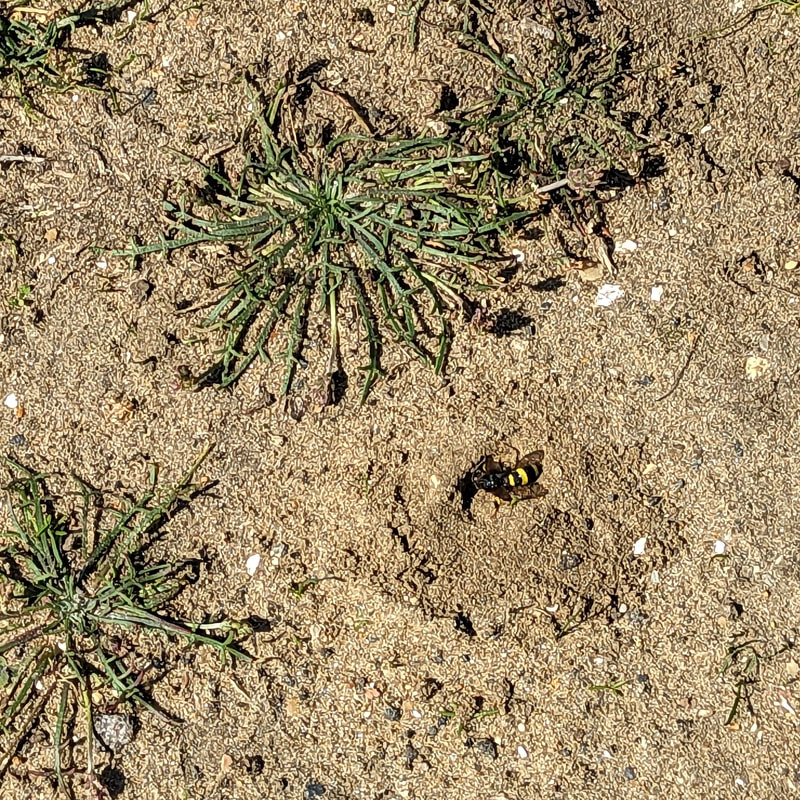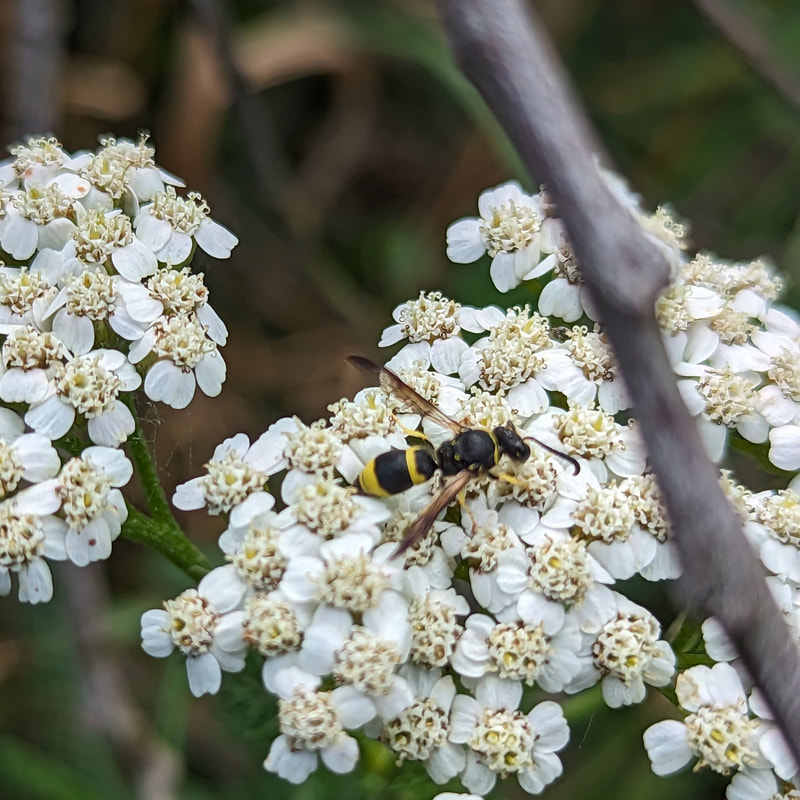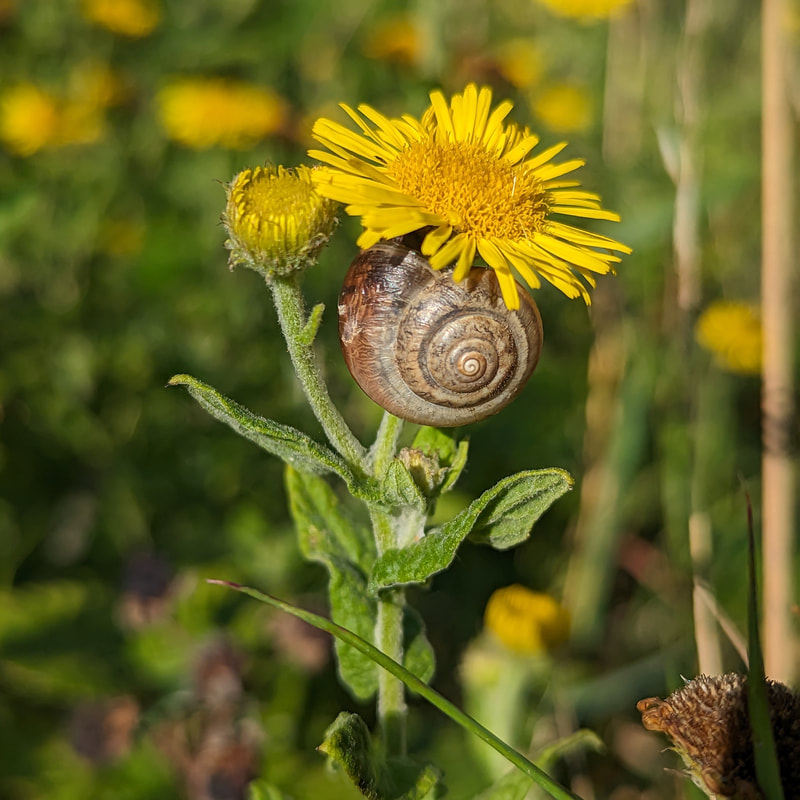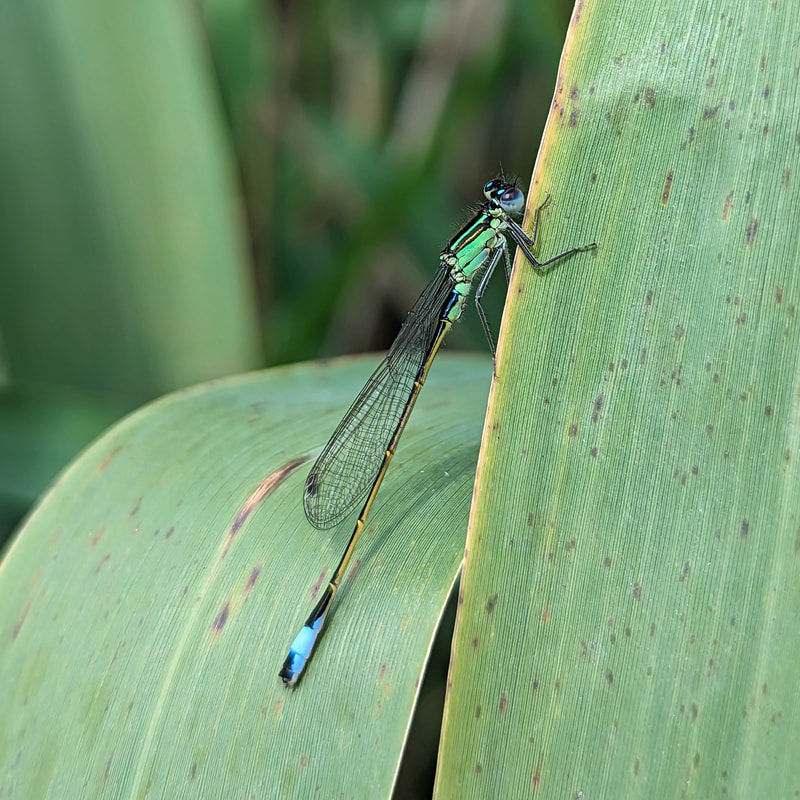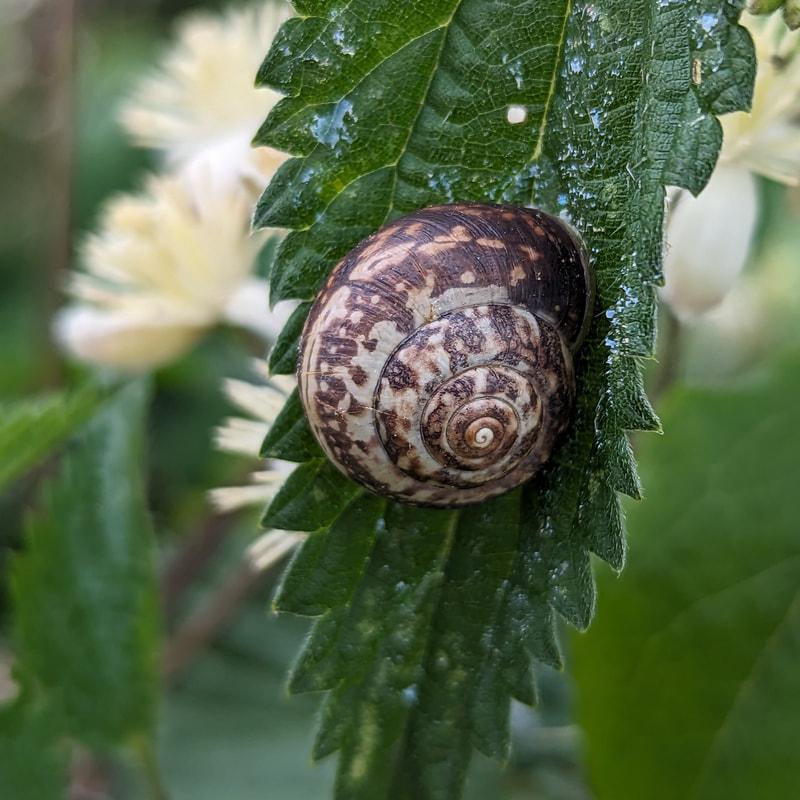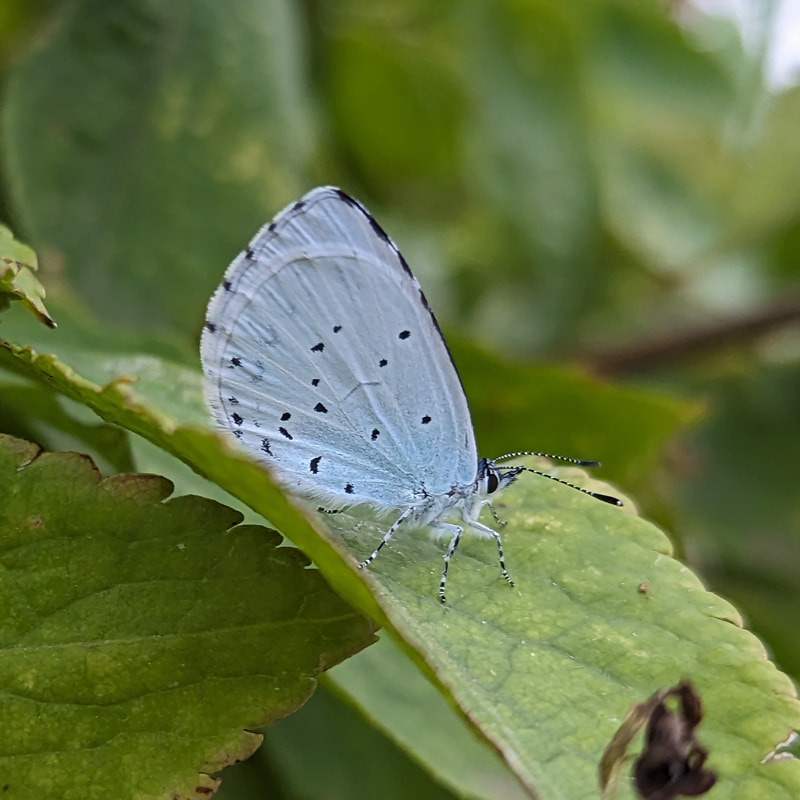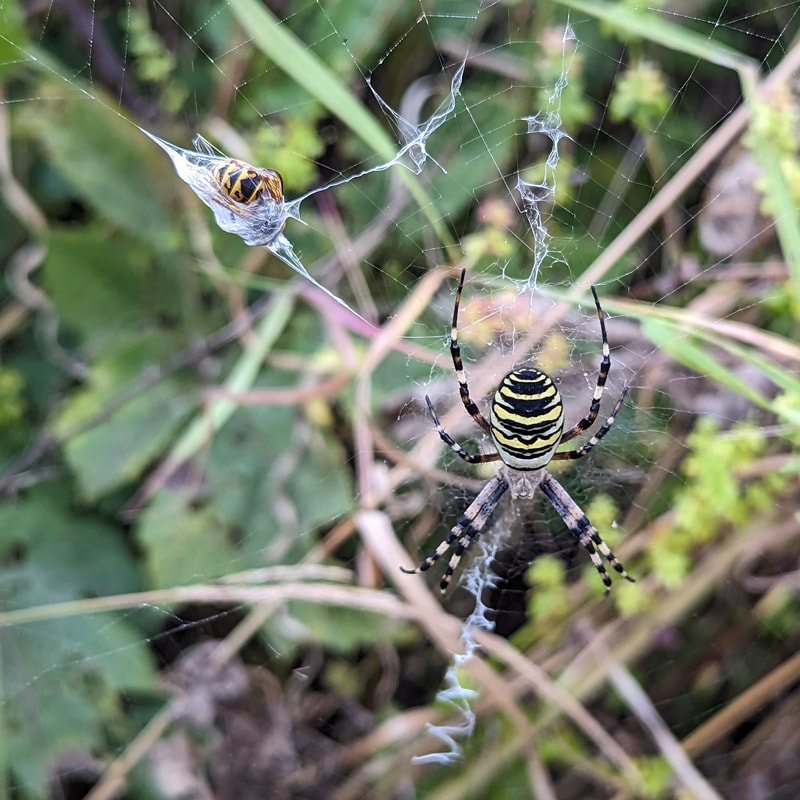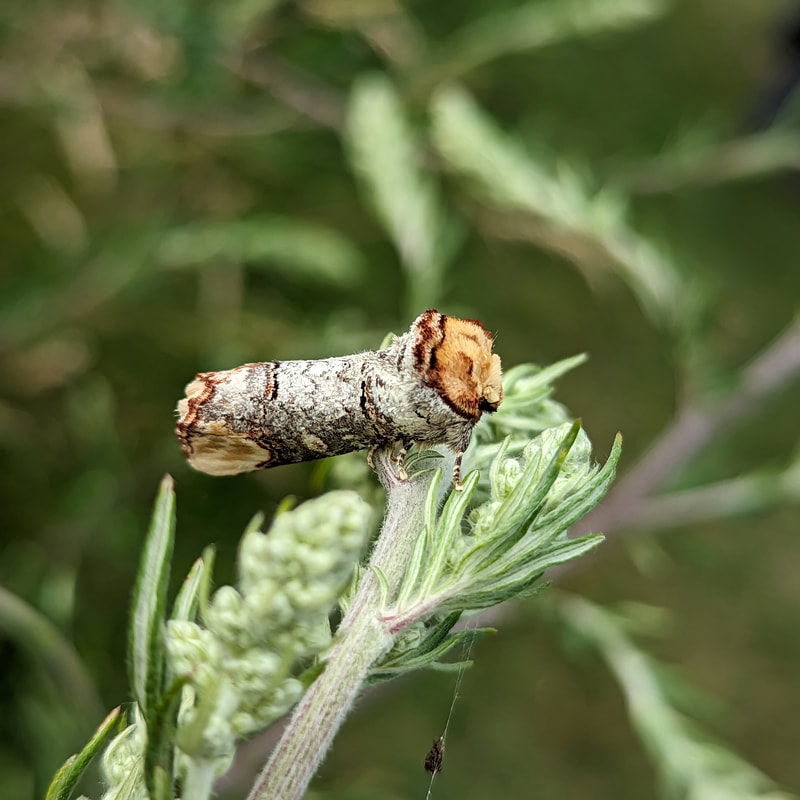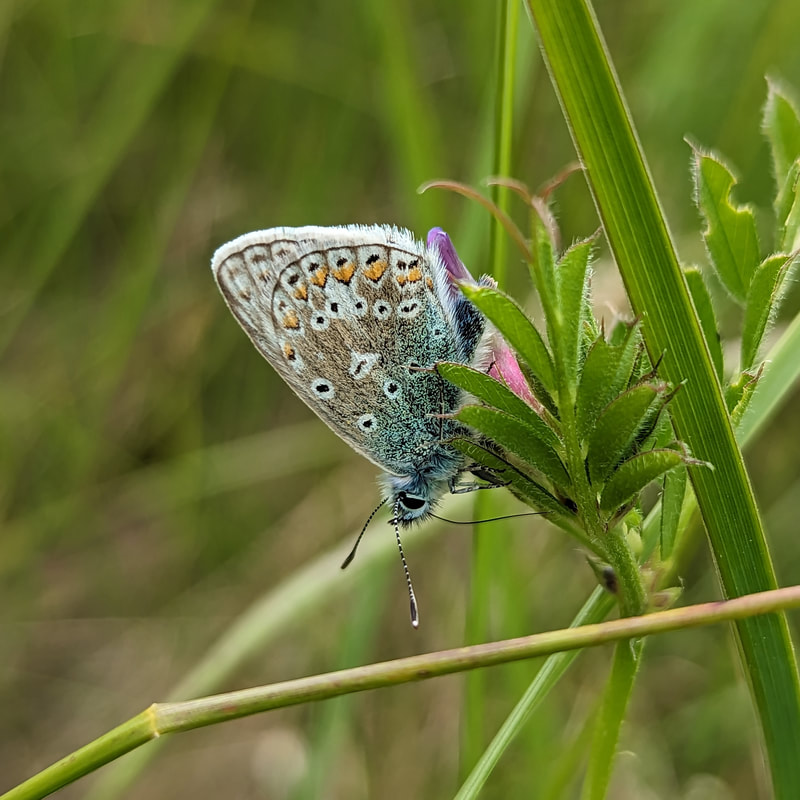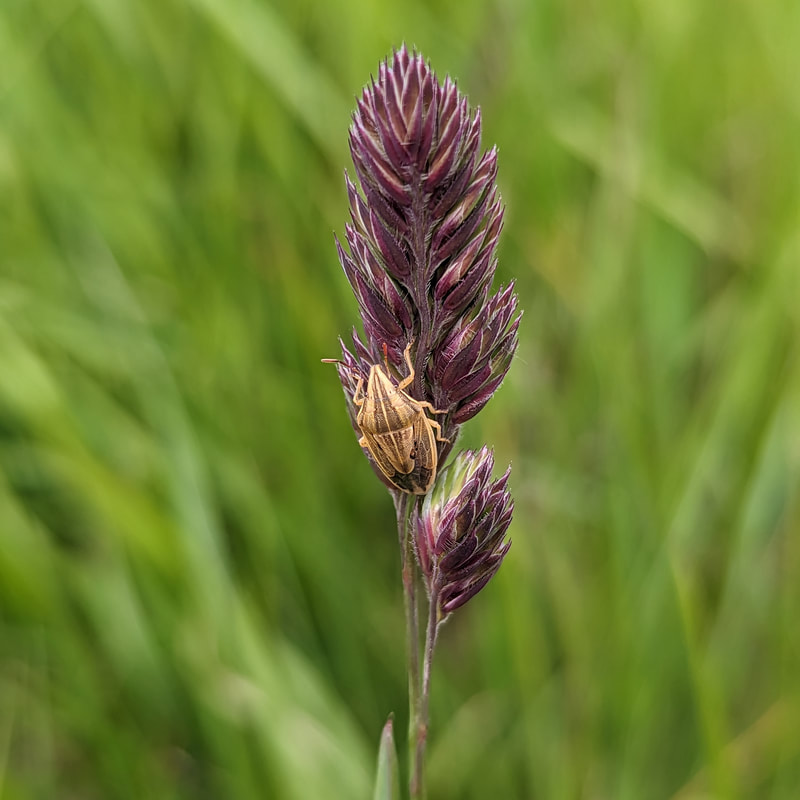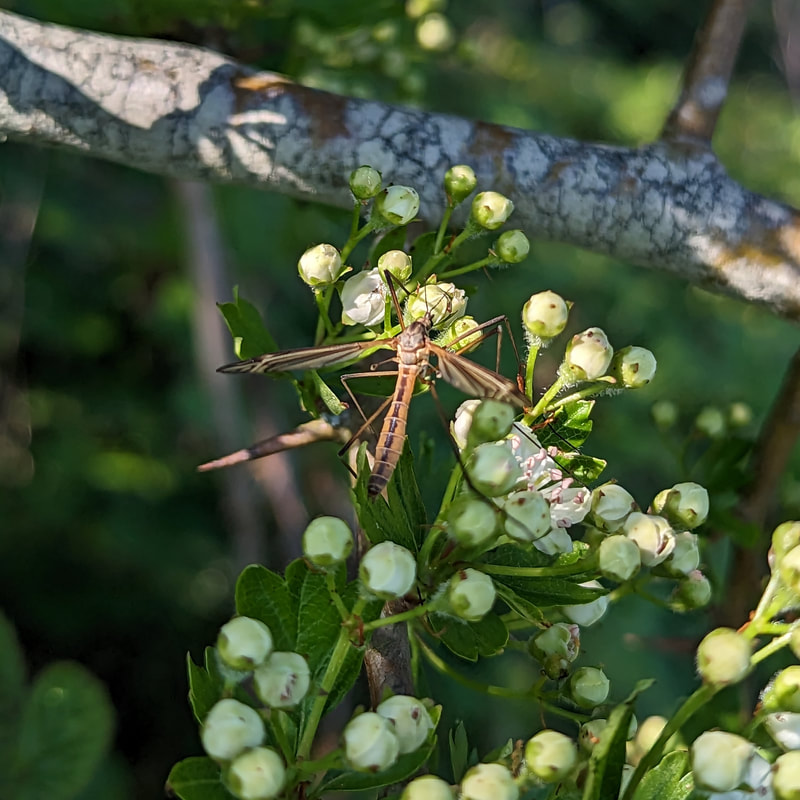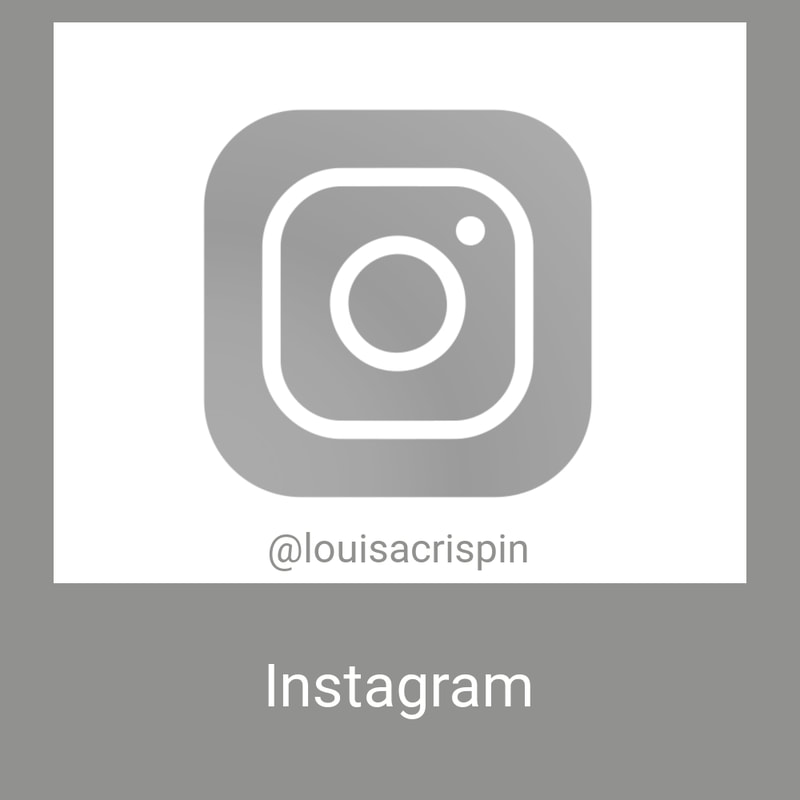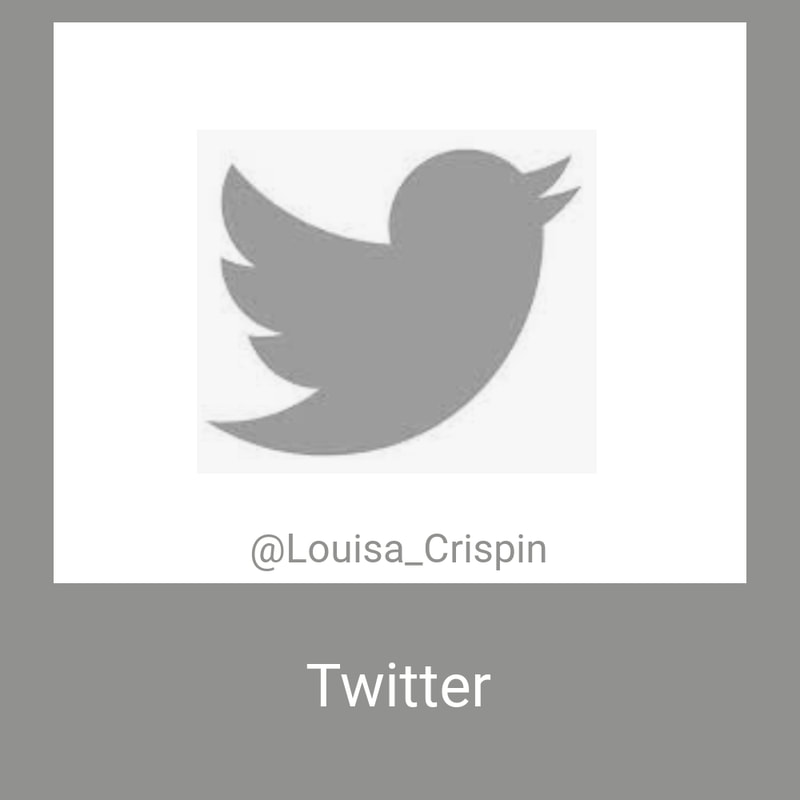I have spent 12 or so years slowly developing my practice, controlling my environment and choosing pin sharp pencils, ultra smooth paper, the right light to see and capture the things I want to share. Drawing you into my world, asking you to look a little closer at what I have noticed. I’m a collector and my studio is reminiscent of an old school nature table, reminders of my walks and the things that catch my eye. Stepping out of my studio and letting go of all this has been a huge challenge, both physically and mentally. Many of the early weeks were spent working out the kit. A relatively warm day inland was a howling bitter gale on the coast at Rye Harbour Nature Reserve, my chosen location 30 minutes drive away. I began to feel like I was packing for a week, not a single day! Hunkered down in the Goodison Hide in mid February I began to make marks, drawing the shapes in the landscape, trying to understand the important features of the wildlife, exhilarating in the sudden commotion as the islands emptied and 30+ Cormorants took to the skies en masse. Did you know that their wings hit the water four or five times before they are airborne? Imagine the noise. Between visits I scoured books by other artists working in the field, looking for a language of marks and ways of seeing. Gordon Beningfield’s Countryside, Ali Foxon’s Green Sketching, John Muir Laws. I found podcasts of like minded people generously sharing their experiences and of course I looked at the diverse Society of Wildlife Artists membership. I stepped over the studio threshold to find sunny moments in the garden, I practised speed drawing with Art Safari and with studio specimens. I spent a March Tuesday morning back at the Hide, barely able to move in the layers of clothing, watching the Avocets and learning from the birding experts braving the cold. I began to feel less conspicuous. The kit began to form. A small collection of graphite propelling pencils of various sizes and grades, with a mono rubber for mark making rather than correcting. An A3 ring bound hardback sketchbook cut vertically, long and thin, pages held in place with a band, the surface relatively smooth. A backpack big enough to hold it all. Woolly hat, scarf, waterproof ski wear, thermals, a change of clothes in the car just in case! And don’t forget the binoculars. The kit became a permanent feature in the car; maybe I’d find an opportunity to practise. April, I drew the Redshanks and listened to Skylarks. Cloudy and windy, maybe rain later. Time passes quickly as I stop and draw flowers on the walk back to the car. May, I began in the Hide watching the Terns. Apparently they were late arriving this year due to the easterly winds. Light breeze and a clear blue sky. Time to adjust the kit - sunhat, suncream, maybe leave the ski gear in the car? Maybe not - apparently the weather is changeable in Rye Harbour. In the afternoon I ventured across to Castle Water Boardwalk to observe Damselfly, Bees and Bush Crickets, finally the insects are starting to emerge. The drawing kit is holding its own, but I need a third hand to hold the binoculars and I find I cannot sit on the ground for long if I want to be able to get up again. I dig out a 3 legged camping stool and find a better backpack, taking opportunities to work outside whenever I can.
I consider how these experiences have changed me and how much resistance I still feel despite the magical moments sketch days have given me. By August I was acutely aware that a piecemeal approach was not working so I set aside a full week at Castle Water, the area where most of our Insect Watch groups are held. Monday a stoat appeared and I learned the sound and flight pattern of Goldfinches. The air was buzzing with insects and my eye was continually distracted by movement. I was gripped by the Dragonflies, their ability to change directions on a pin as their huge eyes track a fly, disappearing as soon as clouds cover the sun, reappearing to patrol, darting in every direction but staying within a small set area. I became aware of the benefits of numbers when you’re trying to draw movement and found ways to distract myself between sightings. I noted down lists for later IRecording and spent one morning focused on the Hornet Hoverfly enjoying the Hemp Agrimony. I saw my first Brown Argus, a Pantaloon Bee and lots of unrecognisable Ichneumon wasps. Several insects were digging in the pathway, it’s amazing to learn what is under our feet. I only fell off my stool once and thankfully no-one was around to witness it. I had conversations with walkers as they saw me peering into the edges. I walked and observed and then walked some more. It began to feel as if the drawing was spoiling my walk. But looking back at my sketches, I can feel myself there again. I have a map in my head of the way the Dragonflies move. I compare Buff-tails with Carders, the latter much quicker on the Vipers Bugloss. Did I glimpse a Hummingbird Hawkmoth? If I walk slowly through the reeds I may see a Dragonfly resting. Grasshoppers and Damselflies fly wherever I tread. I hear the Skylarks and Gulls. A cacophony of sound influences the marks I make, sometimes only noticed when absent. A Skylark, a constant companion, grasshoppers, bees and the wisp of Dragonfly wings in the still air. Sound on for Skylarks I had always associated Rye Harbour Nature Reserve with seabirds, but the past 12 months or so has taught me the rich and varied space for numerous insects too. A 500 metre insect walk at Castle Water can take 2 hours or more with so much to explore. Cranefly, harvestmen, weevils, sand wasps, spiders, amongst the foliage and beneath our feet. Collecting wasps less than 1mm long to view under a microscope, searching Wild Carrot for the Sussex Emerald Moth caterpillar, sharing these findings with passersby. Such a wonderful place full of nature at every step and so important for wildlife, but essential for a few specialist creatures. My attention has been redrawn to the need for nature corridors to enable the insects to connect with other places, to increase their access to food and nesting resources and enable them to thrive rather than simply survive. I feel energised but frustrated, Rye is too far away from my home and I’m struggling to juggle the time for regular visits. There are physical implications and I question my commitment but I’ve noticed how my studio practice has benefited from the experience. My drawing hand is looser and I’m seeing the shapes more easily. I’m sketching compositions and sensing the movement, even while working from specimens. Small subtle changes in layering and more confidence, not just in the drawing but in my knowledge of insects and connections. It’s always a fleeting moment when the long tailed tits descend. I stop and turn my head slowly to the sound, searching the trees for these gentle bobbing creatures. I’ve become more attuned to the sounds, immediately sensing a change, something new in the garden. As I write this I have discovered a brand new Woodland Trust Nature Reserve just a few minutes walk from my home. I'm excited to explore: talking with experts and keeping visual as well as written records. As summer draws to an end and the insects hide I will continue to venture out with my sketchbook and binoculars in hand, learning "my patch" and its patterns of behaviour.
I realise there has been a shift. It’s no longer my first instinct to reach for the camera and often wish I had my binoculars and sketchbook in hand as I follow the movements with my eyes, mentally recording the experience. Making the transition, a deepening connection, absorbed in the world around me - surrendering to the rhythms. Thank you to Barry, Natasha and Ralph, and the Society of Wildlife Artists for your support and encouragement.
4 Comments
23/2/2024 03:56:21 pm
Nice idea to cut a large sketchbook vertically. I will have to try it!
Reply
Louisa
24/2/2024 01:30:48 pm
I can't remember what made me do it but I got very frustrated trying to find something comfortable and practical. It's very easy to hold or prop while drawing standing up and .
Reply
Susanne Beard
4/3/2024 04:45:40 pm
Really enjoyed reading this Louise x
Reply
Louisa Crispin
4/3/2024 11:11:02 pm
thanks Susanne
Reply
Your comment will be posted after it is approved.
Leave a Reply. |
Studio BlogWhen there's something happening in the studio you might like to know. If you would like irregular email updates for this blog and/or my Nature Diary or FlightPath Project, you can sign up here:
Archives
January 2024
Categories
All
|
Louisa Crispin
|
Oak Cottage, Talbot Road,
Hawkhurst Kent TN18 4LU (UK) |
|
